Mt. Haleakela
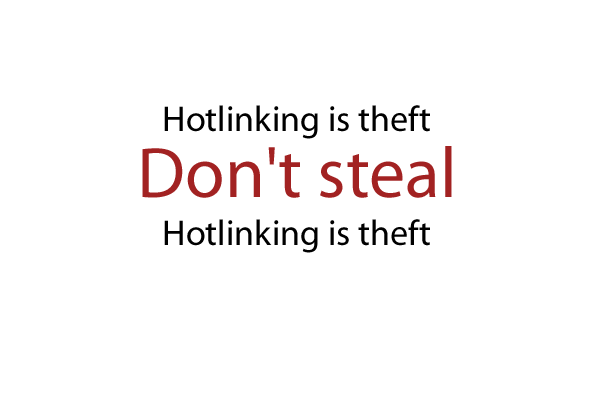
Sunrise over Mt. Haleakela crater, elevation 10,018 ft (3053.4864 meters). The bike tour company comes to pick you up at your hotel about 3am local time for the sunrise tour. Coming from the East Coast of the U.S., it's best to do this activity in your first couple of days on Maui when your body thinks you're six hours ahead of local time.
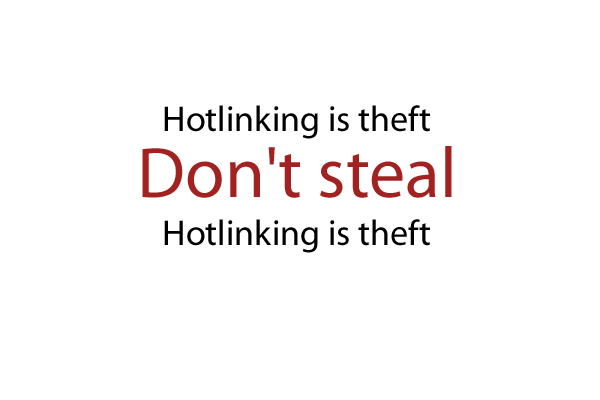
Hawaii (aka: Kona or The Big Island) is clearly visible in the background. Size wise, the Big Island is large enough in area that you could set down all of the other islands in the Hawaiian islands chain inside it.
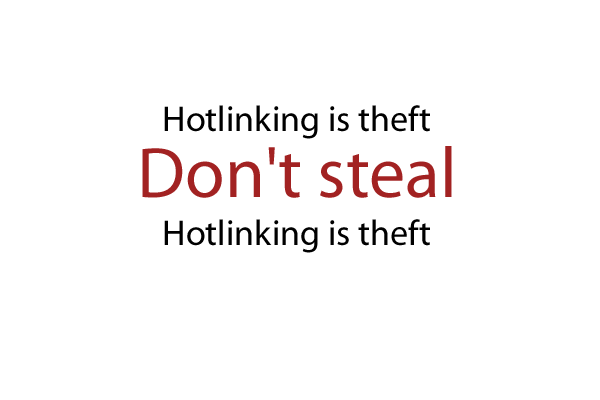
The silver sword, or Haleakala 'ahinahina, grows only between 6,500 and 10,000 ft elevation on Mt. Haleakela.

The slender leaves of the plant are covered with very fine hairs that help conserve moisture and protect it from the sun's rays in the thin air of high elevations. The plant itself feels to the touch a bit like suede.
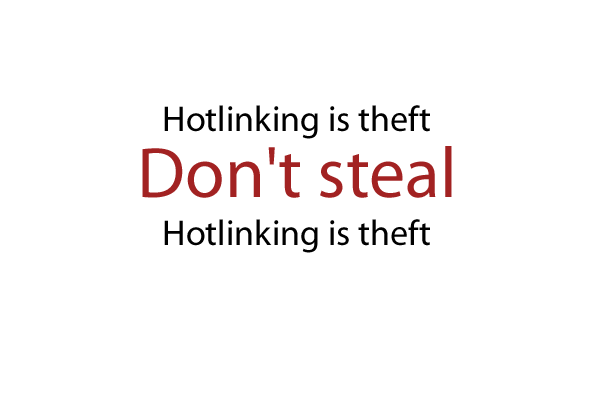
The vertical plants on the right are silver swords that have bloomed. It takes a single plant 50 years to grow. It blooms once and then dies.
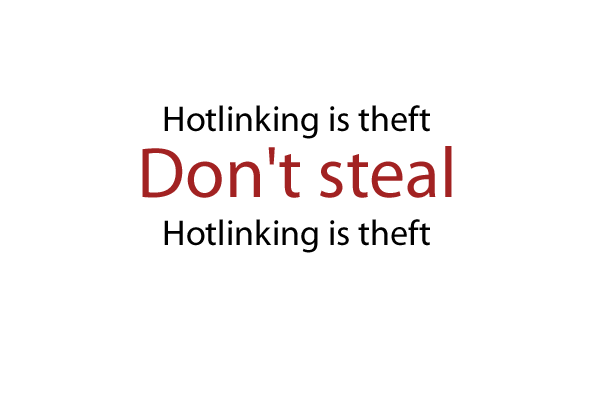
"Science city" is a U.S. government research facility at the top of the mountain. It includes an observatory that, according to our bike tour guide, primarily records data on satellite launches.
Molokini and Turtle Arches
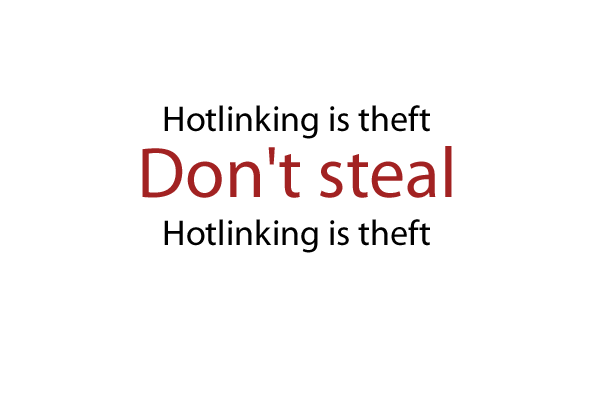
The coral in Hawaii isn't as colorful as the coral in the Carribean. It has to be stronger and denser to withstand the weight of the waves. The color in this photo (the red, spiney looking things) are actually a type of sea urchin.
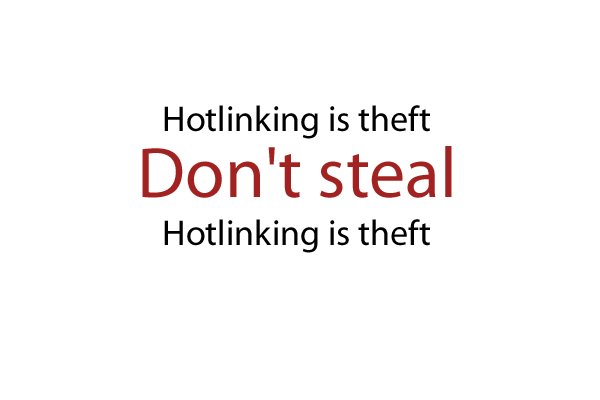
Out at Molokini there were bunches of these pennant butterfly fish hanging around close to the surface of the water.

It was possible to get pretty close to some of them.
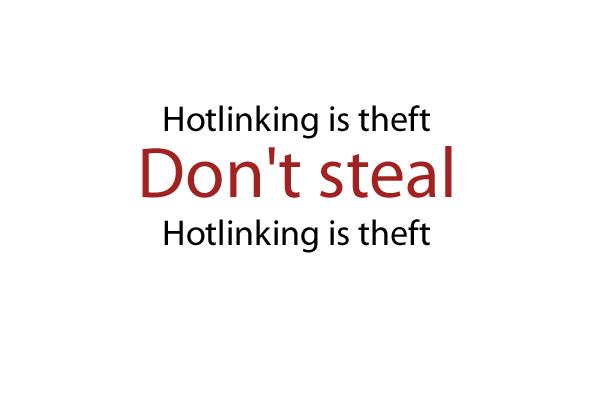
There were also bunches of these Hawaiian black triggerfish. This one was kind enough to pose for me until I got the hang of the underwater camera.
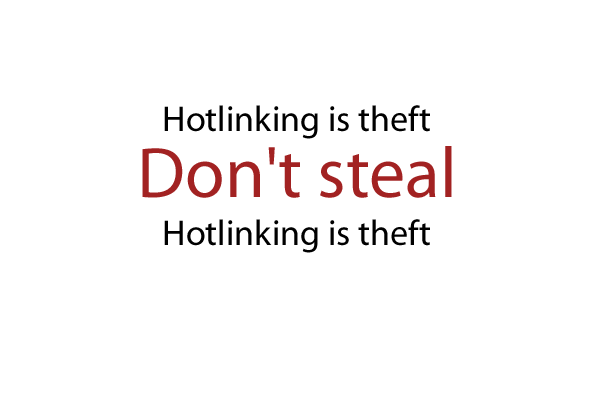
The Hawaiian Green Sea Turtle (about a third of the way down from the top on the right hand side) has been moved off the endangered list to the threatened species list. The close-up (below) is about as close as you're supposed to get to them.
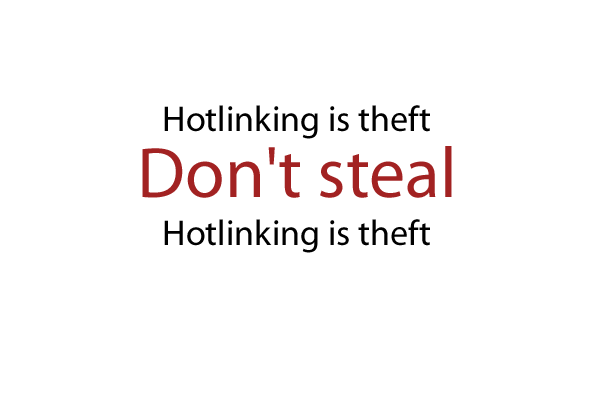
Unlike many other turtles, this particular turtle has fixed limbs: it can withdraw only its head into its shell. The picture doesn't do it justice. Live the shell on this turtle was about four feet across. They can stay down for up to 2 hours on one "breath."
I'ao Valley and nature walk
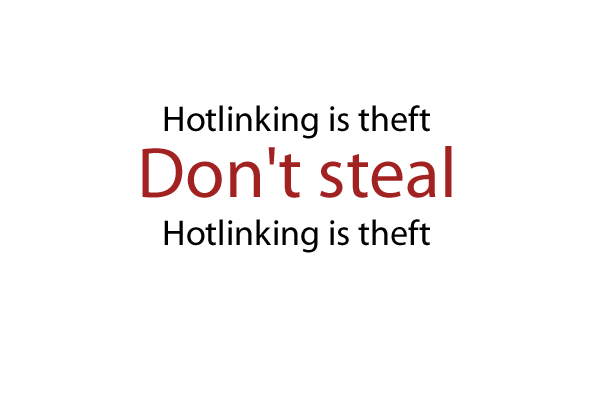
I'ao (prounced EE-ow) valley was the site of an incredibly bloody battle in Hawaii's pre-colonial history. When King Kamehameha I wanted to consolidate his power and unify all the Hawaiian islands under one rule the major battle took place here. The story is that so many of Maui's warriors died in the battle that the valley's river ran red with their blood.
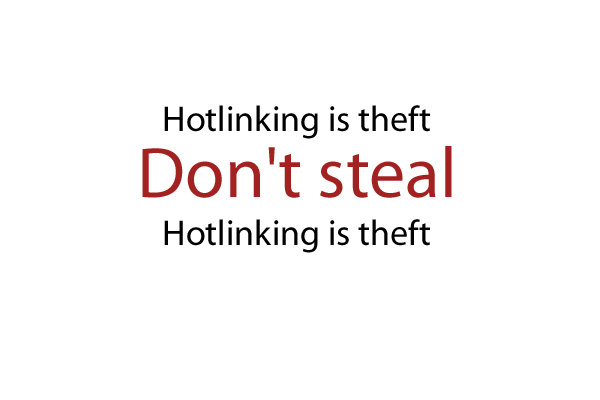
The valley, in the central part of Maui, has both volcanic hill geography and tropical weather that results in a lot of rain. The I'ao needle was, in ancient times, a place of ritual sacrifice. The Hawaiians believed that the spirit was contained in the body's bones and that those bones should be protected. After hiding the body of an important person the volunteer would throw himself off the needle so that the location of the body could never be revealed. The mountains that overlook the valley are pocketed with caves.
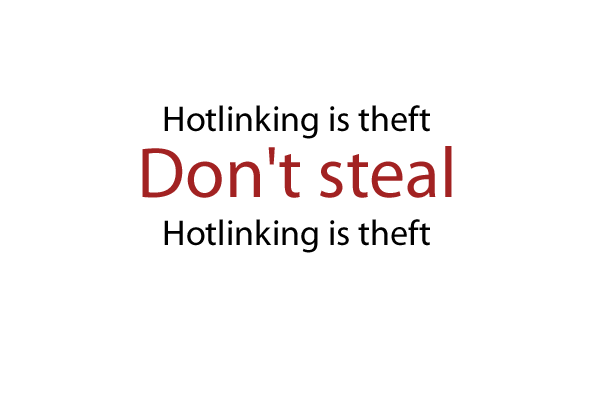
Hawaii's endemic forest is what's called an "upside down" forest: unlike most mainland arboreal forests, most of the plant life is on the ground as the endemic and native trees form a very light-permeable leaf canopy.
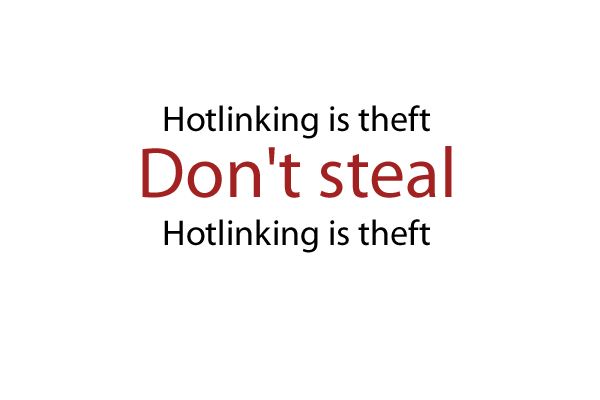
This "air tree" is a native plant. It has one very long tap root and then sends out other roots to balance on as soil and water conditions change.

Recognize this? You drink it every day. Coffee trees were brought to the islands by workers in the 1800s.
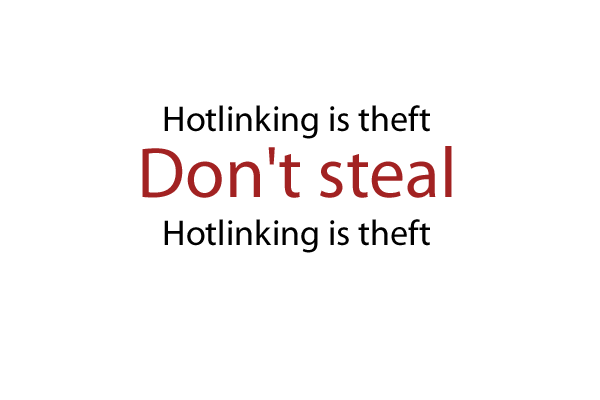
Banana trees were also brought in by plantation workers. This tree, the coffee tree, and others are part of the reason native plants are struggling: the leaf canopy they provide is too thick to allow enough light and water through to the forest floor. This tree was producing fruit. The current bunch of bananas is just above the center of the photgraphy. The fruit with the red petals just to the right of that is another bunch in progress.
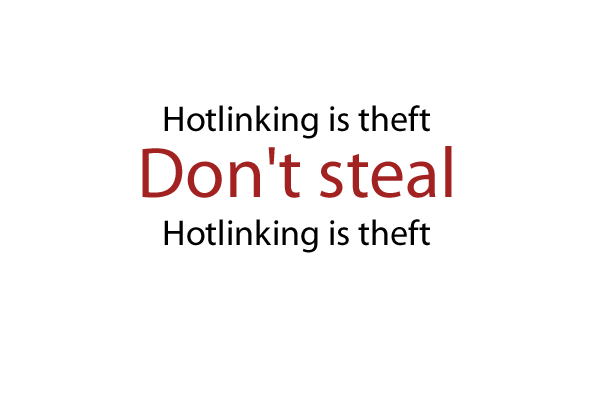
Native, but not endemic, to Hawaii, the elephant ear provides a lot of ground cover in the forest.
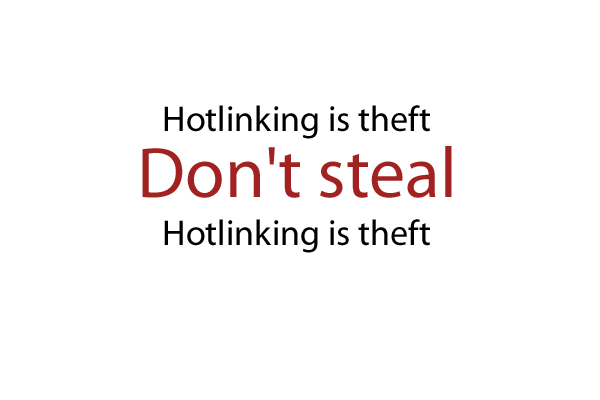
The Royal Palm has an interesting exposed root system. The tree collects water in the pith inside the plant but the fronds also encourage water to run down the trunk to the root fringe at the bottom. The Royal Palm doesn't produce coconuts which makes it valuable for hotels and use in public spaces. A mature tree can fetch as much as $35,000 USD.
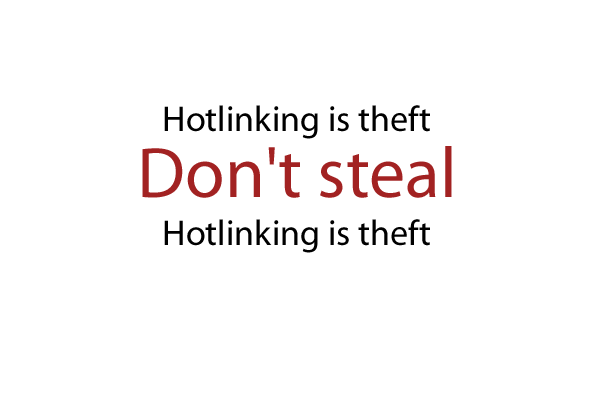
Original island settlers brought taro with them when they settled the island chain. The Hawaiians used taro leaves for rain garb, water proofing for their huts, ceremonial garb for hulu dances, and food. The taro root is the basis for poi; the leaves, when steamed, taste a lot like spinich without the metallic aftertaste.
The Road to Hana
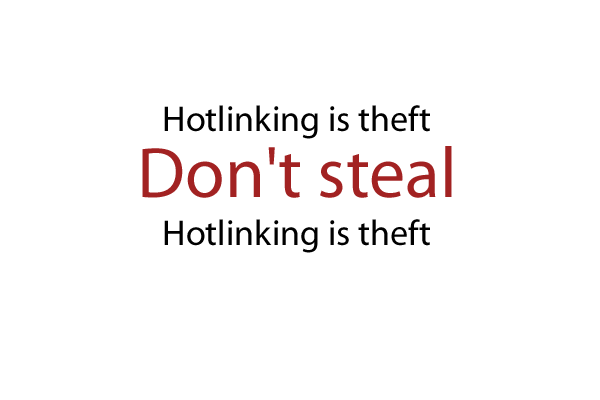
The road to Hana is well worth the trip assuming you can get someone else to do the driving. It's also a lesson in Maui's changing ecosystems. These painted eucalyptus trees are near the start of the drive.
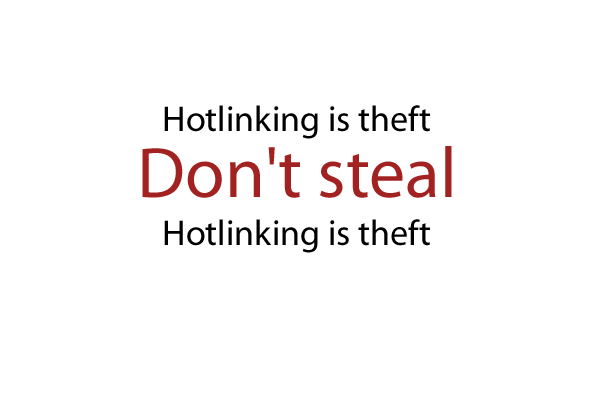
These chickens made the little pull-off across from the eucalyptus tress home.
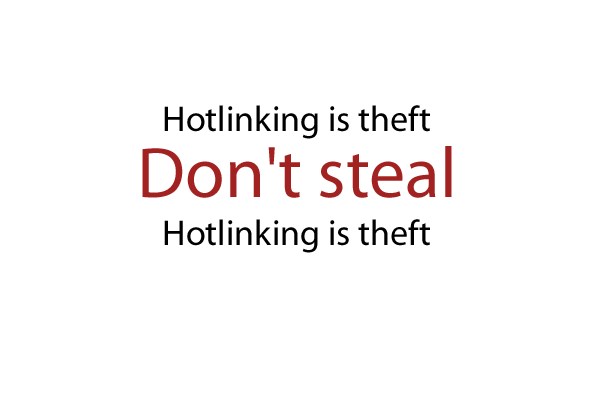
This lava bridge is near Waialua I think.
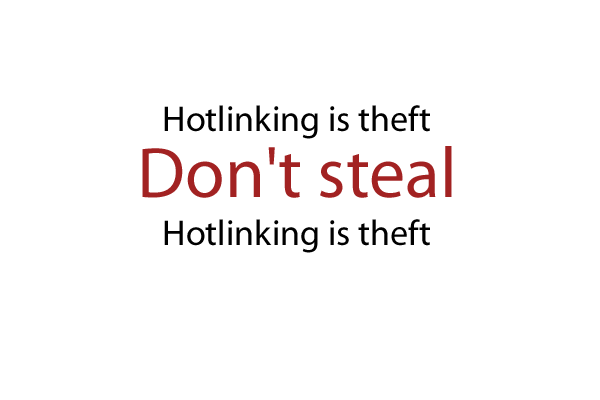
The beach at Puaa Kaa State park. Locals refer to this black rock as "ah ah" rock. Well, would you want to walk on dried lava flow?
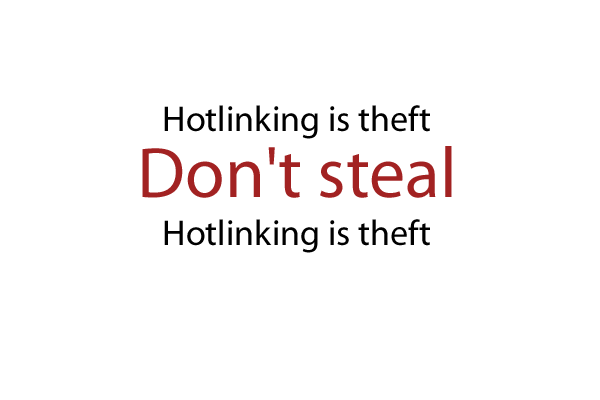
Some wave action at Puu Kaa beach.
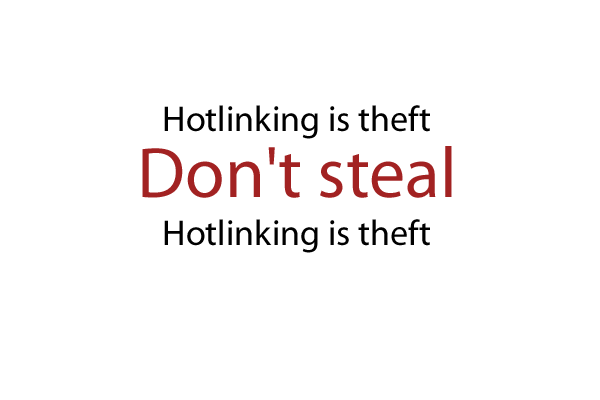
We stopped at Wainapanapa for lunch. The "sand" on this beach is really pulverized lava rocks. The closer you get to the water, the smaller the rocks get. You pass through Hana itself just after Wainapanapa. Don't blink or you'll miss the town...really.
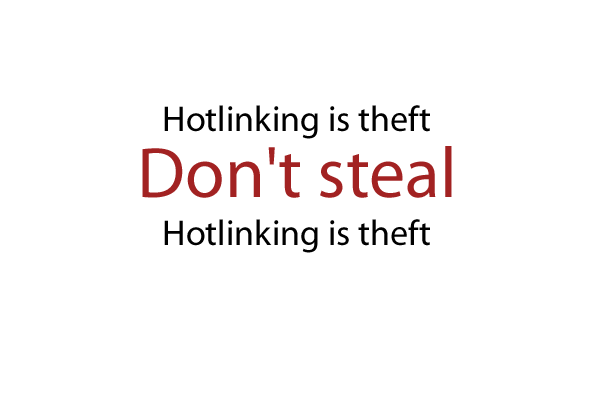
The mongoose was brought to Hawaii to help control the rat infestations that were a result of docking trade and whaling ships. Mongoose are diurnal; rats are nocturnal. It wasn't a good solution. This little guy was one of several that had no problems approaching us during lunch.
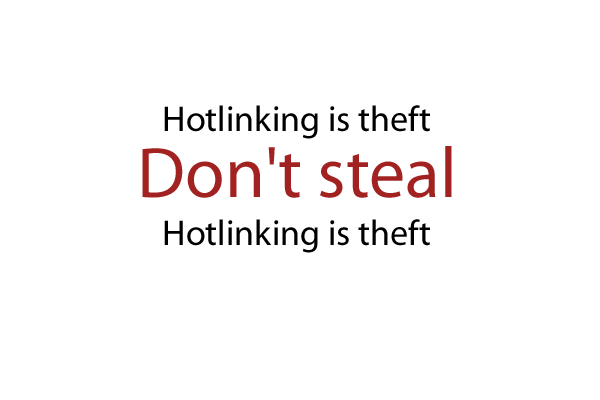
The main attraction of the drive to Hana is the so-called waterfalls and "seven sacred pools" — so-called because there are more than seven of them (the count is upwards of 35 if you're willing to hike for about 25 minutes) and there's nothing especially sacred about them — at O'heo Gulch. The pools were muddy, low, and closed when we got there. What no one tells you is that there are numerous little waterfalls along the way. From the small like this one...
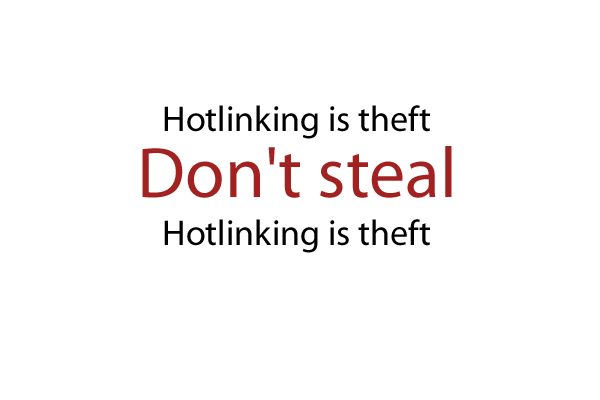
...to these two larger falls, each with a pool below.
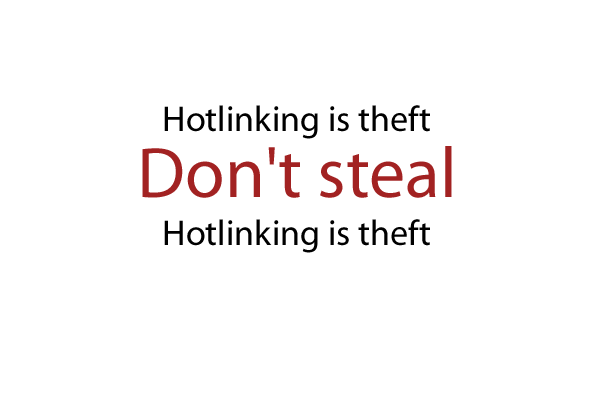
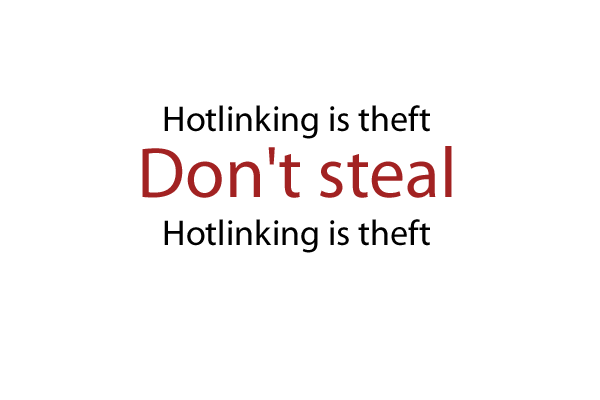
Most Road to Hana drive-yourself guides will tell you to turn back at O'heo Gulch. If you do, you miss Palapala Ho'omau Church Cemetery in Kipahulu where Charles Lindbergh is buried in a small grave among local residents. These horses were pastured in a field next door and wandered right over to the low stone wall to see what we were up to when our bus pulled up.

There's a small open field behind the church. If you go all the way down to the corner, where the fence meets the cliff side, this is the view you get. It is more beautiful in person with the breeze blowing and the smell of flowers and fruit in the air.

The road been Kipahulu and Nuu is narrow and unpaved. Rental car companies often tell you specifically not to drive on this road and may charge an extra fee if they find out you have. The south coast of Maui, unlike the rest of the island, is arid, resembling Northern California more than Hawaii. Largely this is because much of the water that would normally flow down Mt. Haleakala toward the sea as been diverted for use in other parts of the island.
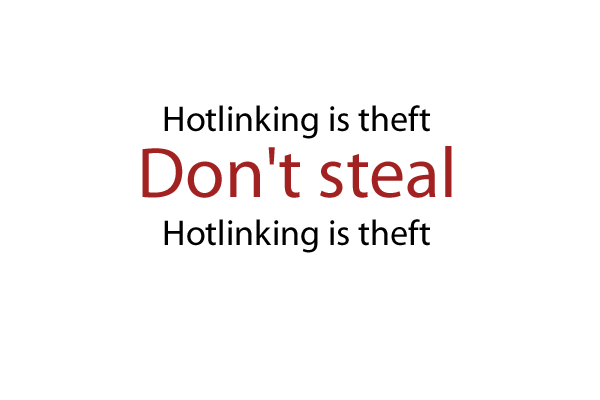
The state recently gave a bunch of land grants to native Hawaiians who are lobbying to get some, if not all, of the diverted water returned to the region.
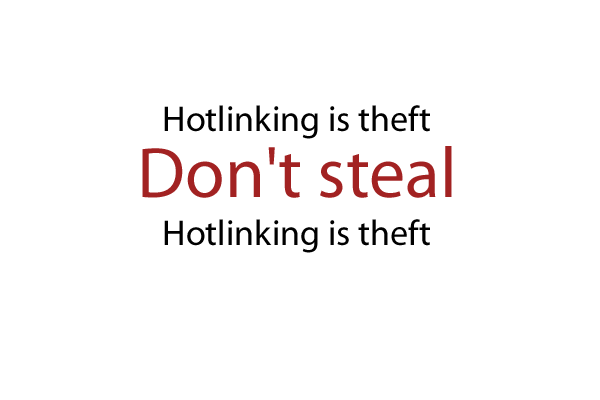
The Tedeschi Winery in Ulupalakua is your reward for suffering through the arid back-side of the island, as well as seven miles of the worst road I've ever ridden over. They make a nice pineapple blush rose but, due to interstate commerce rules, can't ship to DC. You can take it with you if you want.
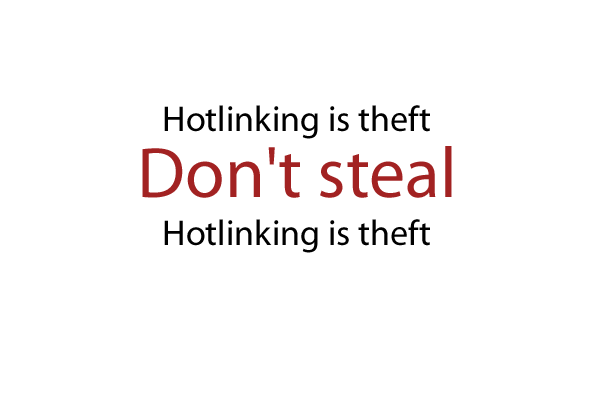
These blue flowers were planted in clumps around the winery's public spaces. I have no idea what it is, but on an island with seemingly tons of yellow, white, and purple flowers, this blue one was a welcome sight.
Around Lahaina

Lahaina, which means "cruel sun" in Hawaiian, has a rich history. During the reigns of the Hawaiian kings, Lahaina served as a summer home for the royal family. Later, it was a bustling whaling port with all the attendant riff-raff that implies. Front Street is the main "in town" street and parallels the waterfront.
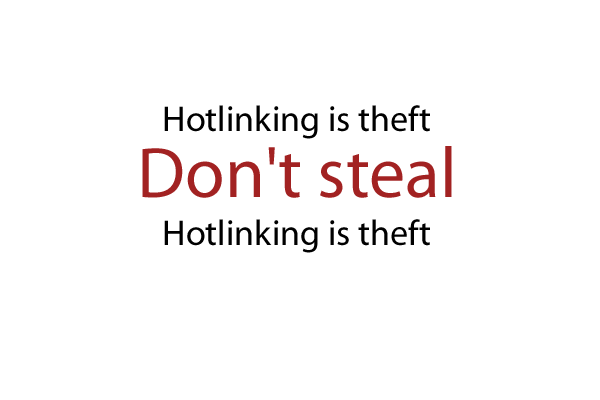
Historic Lahaina is, given the size of the town itself, full of churches and museum houses. The one above is the Baldwin Home and was completed in 1835. It's made of a combination of coral blocks and stone. The Reverend Dwight Baldwin was one of the first Christian missionaries in Hawaii and to this day the Baldwin family owns about 85% of the land on Maui. The Wo Hing Museum (below) was originally a branch of the Chee Kung Tong, a Chinese fraternal society with chapters around the world.
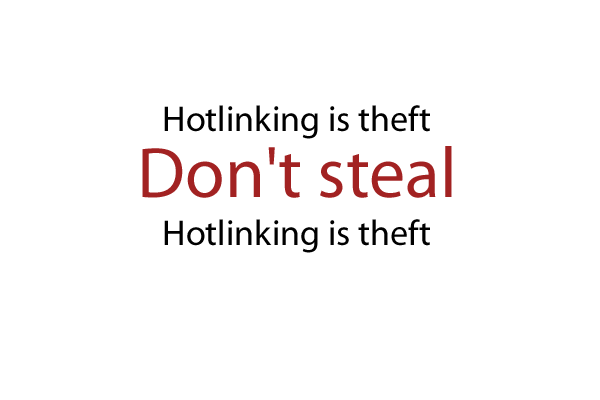
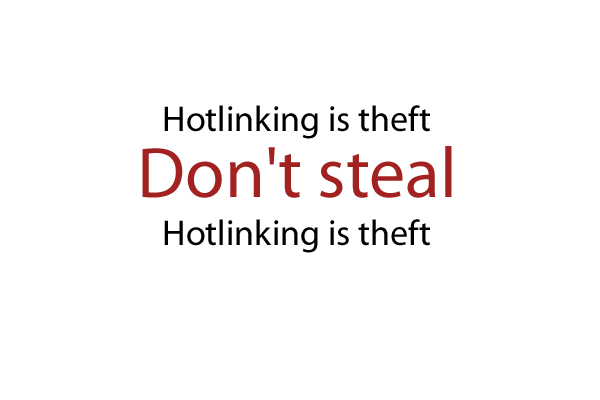
Lahaina is also the home to the second largest bayan tree in the world. The largest is in Fort Meyers, Florida.

This is the main trunk. Banyans send out horizontal branches and then drop other trunks vertically from those. The some of the smaller trunks on this tree were more than 5 feet in diameter.
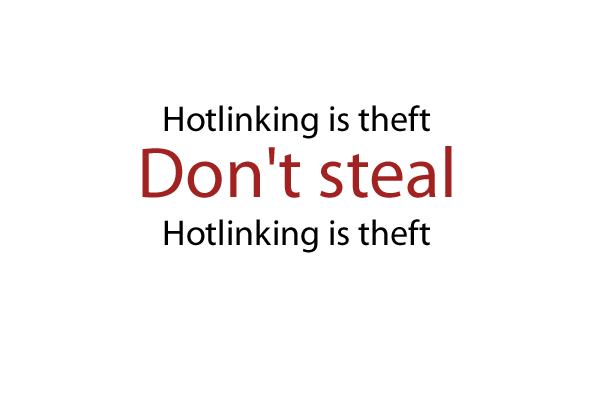
More than sixty feet high and casting shade on two-thirds of an acre, the tree was planted in April 1873 to mark the fiftieth anniversary of the beginning of Protestant missionary work in Lahaina.

The hibiscus is Hawaii's state flower. It comes in a variety of colors. Yellow (above) and red (below) were prominent in Lahaina. It also comes in white.
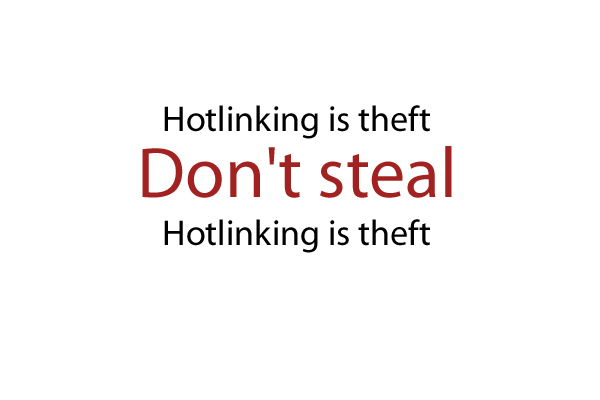
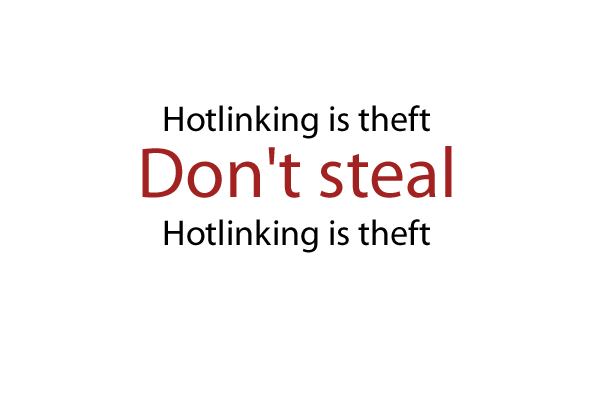
And, of course, the hibiscus shape decorates many things from clothing to phone carrols.
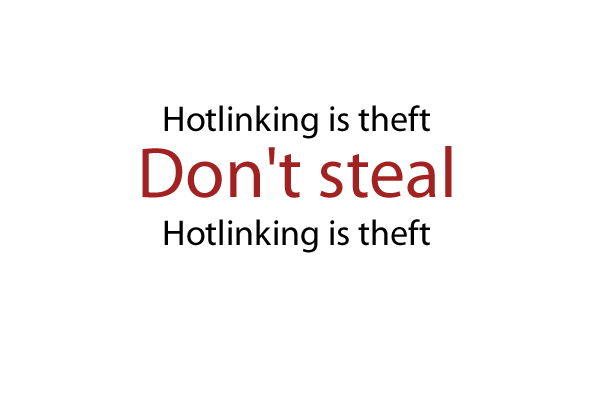
Maui residents are very cognizant of the fact that they live on a small island. They're serious about taking care of their environment but it's often done with typical island humor. The no dumping sign above shows an outline of the Humuhumu-nukunuku-a-pua'a (which means "fish with a nose like a pig"). At some point they were using an outline of humpback whales (below).
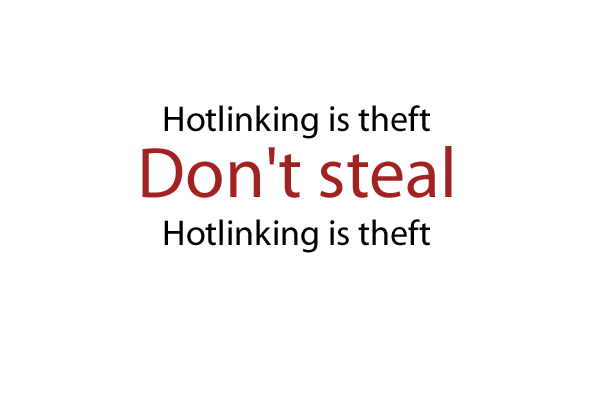
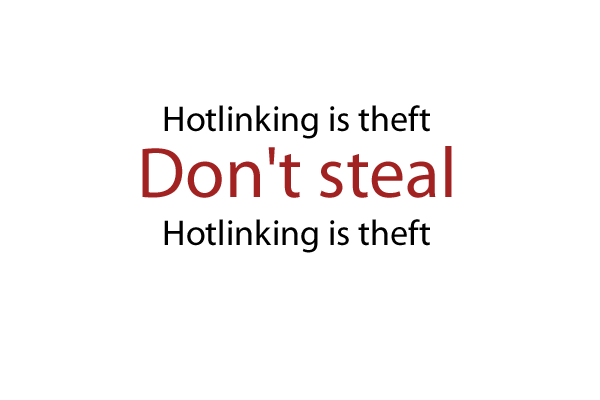
This tiki guy was in the middle of a little outdoor shopping plaza near our hotel. I just really get a kick out of the idea of a topiary tiki guy.
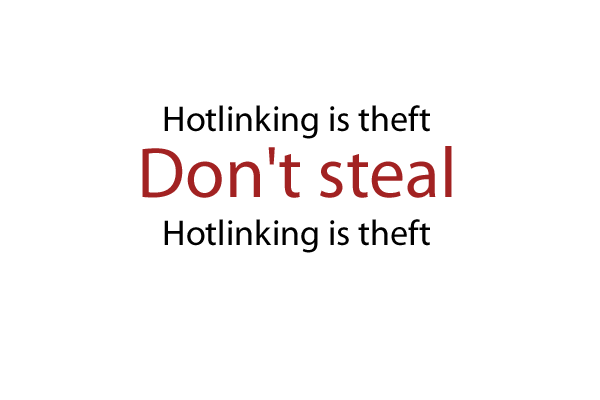
And because no vacation is complete without the mandatory weird sign. They close when?